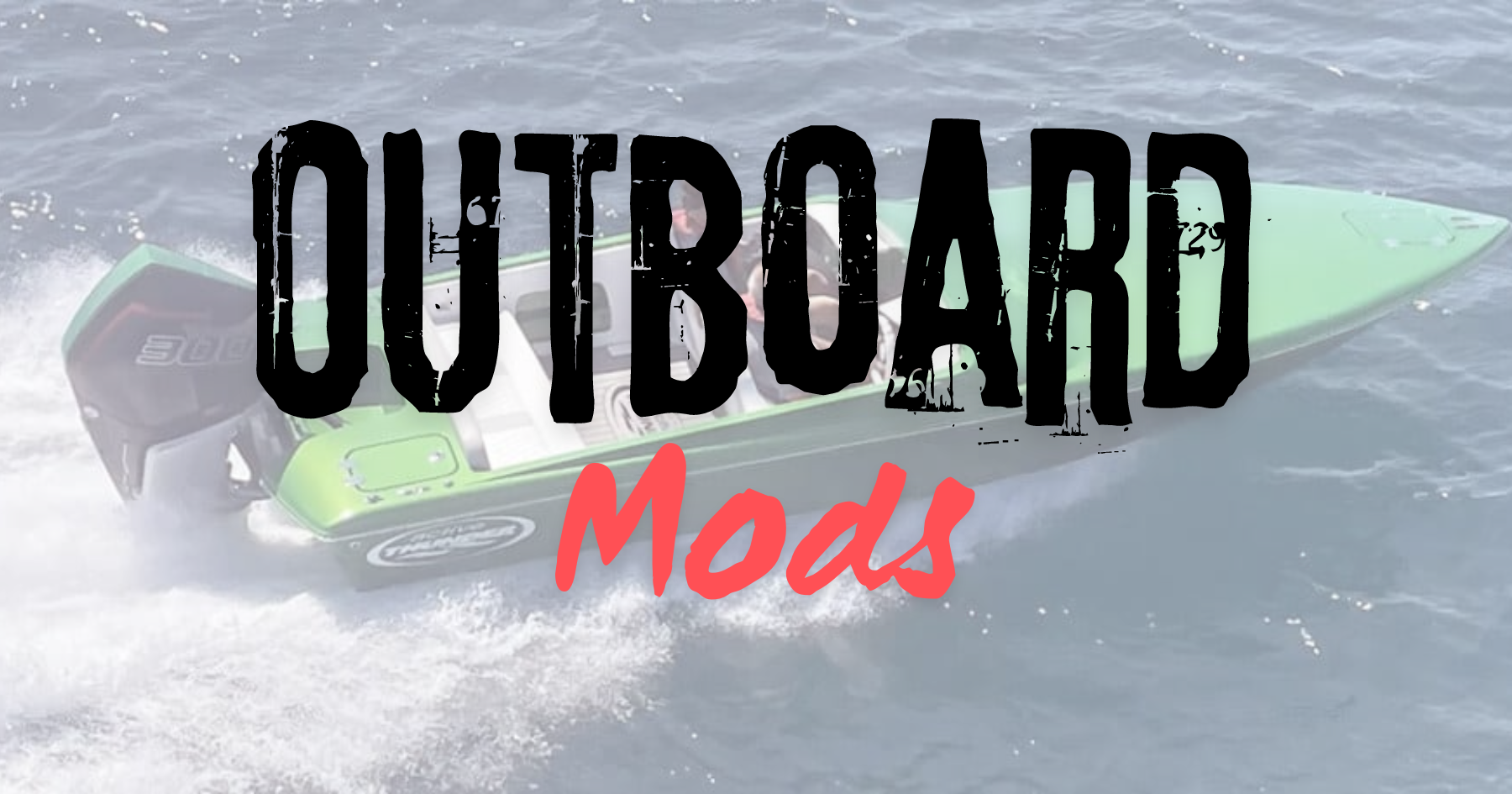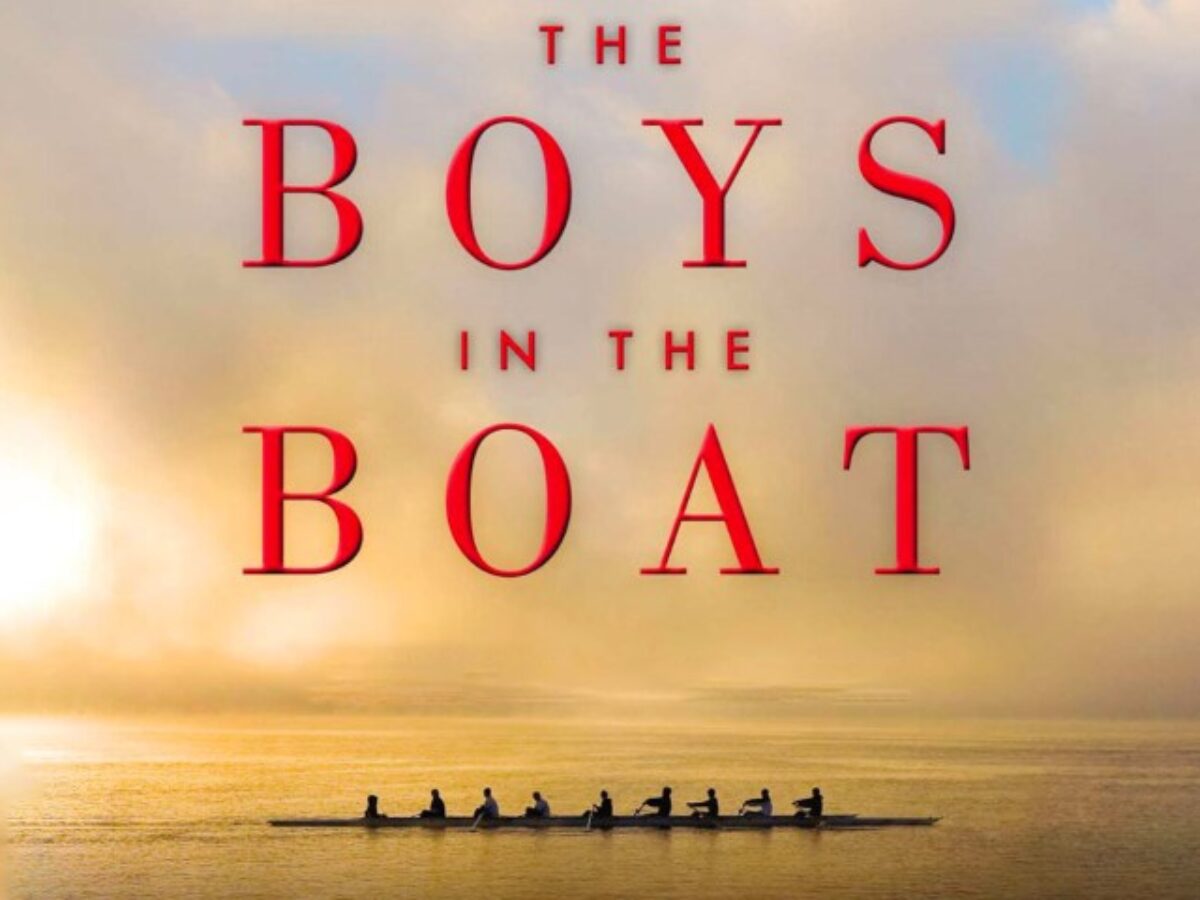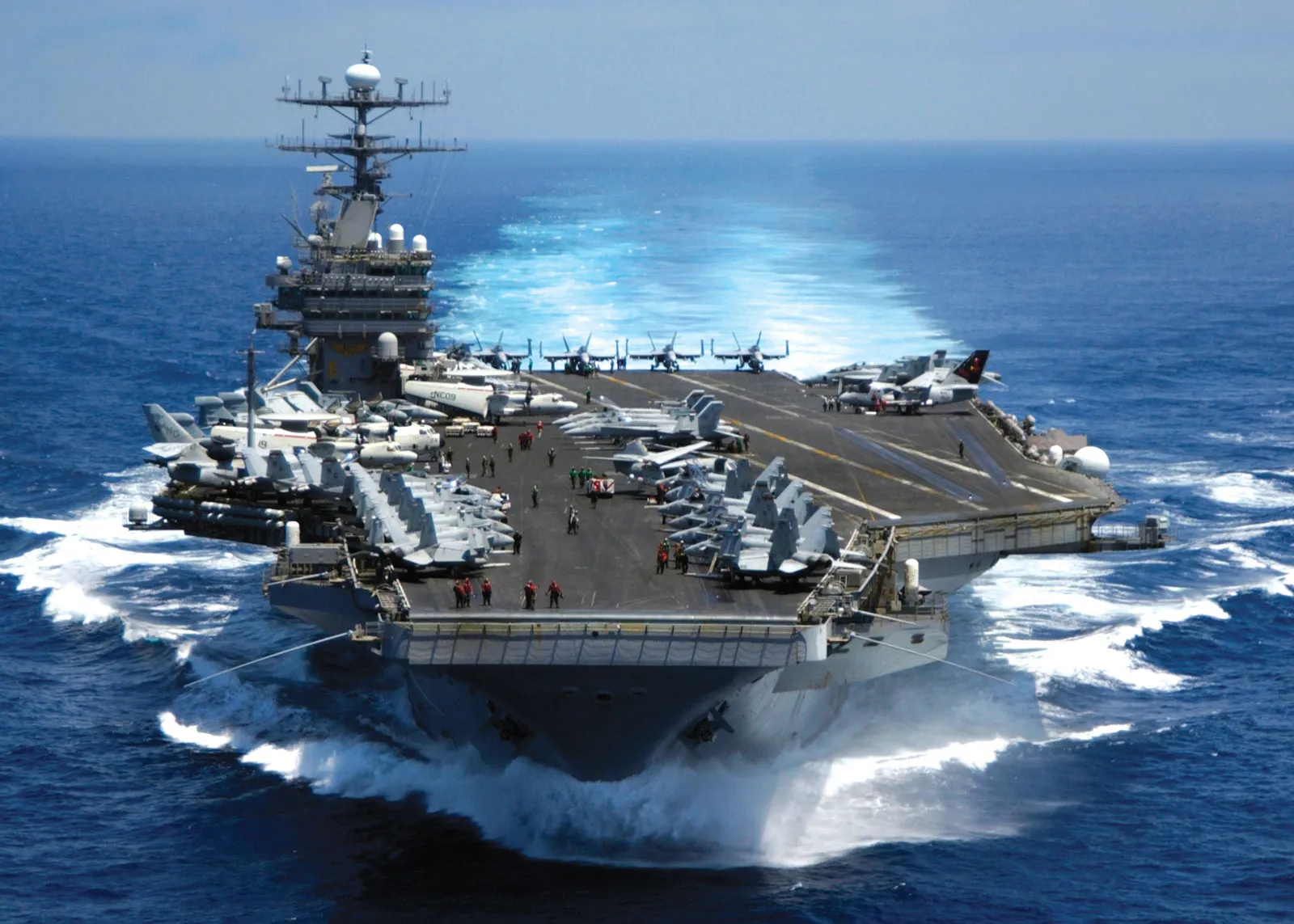You See a Motorboat Approaching on Your Right: What Action Should You Take?
When you're out on the water and see a motorboat approaching on your right, it's important to know how to react to ensure everyone's safety. According to maritime rules, the motorboat on your right has the right of way. This means you must slow down and let the other boat pass in front of you.
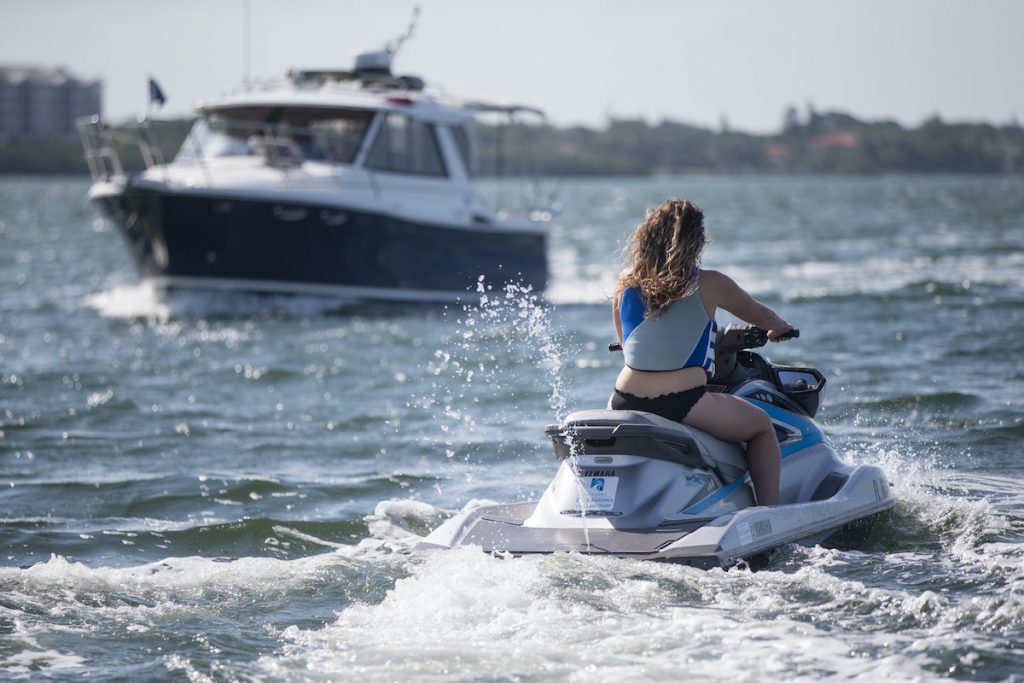
Following this simple rule can prevent accidents and keep the waterways safe.
Boating involves specific navigational guidelines that dictate who must yield in different situations. The vessel on the right-hand side is considered the "stand-on" vessel and should maintain course and speed. As the "give-way" vessel, it's your responsibility to adjust your speed and direction to avoid a collision.

Staying alert, communicating your intentions clearly, and being predictable can help avoid surprises on the water.
Remember, safe boating practices are not just about following rules; they're about showing respect to other boaters and ensuring enjoyable experiences for everyone. Practicing these rules can make your time on the water more enjoyable and stress-free.
Key Takeaways
- Yield to the motorboat approaching on your right.
- Adjust speed and direction to avoid collisions.
- Clear communication and predictability enhance boating safety.
Understanding Right of Way
When boating, knowing right of way rules is essential to avoid collisions. These rules help determine which vessel must yield (give way) and which vessel should maintain its course (stand-on).
Basic Right of Way Concepts
Right of way rules prevent accidents on the water. The vessel that needs to change its course or speed to avoid a collision is the give-way vessel. The other vessel, which maintains its course, is the stand-on vessel.
Knowing these terms can help boaters make quick, safe decisions.
Identifying Give-Way and Stand-On Vessels
In a crossing situation, the boat on your right is the stand-on vessel, and you are the give-way vessel. This means you should change course to avoid crossing in front of the other boat.
If a motorboat is approaching from your right, steer to the port side (left). This helps in navigating safely without causing confusion.
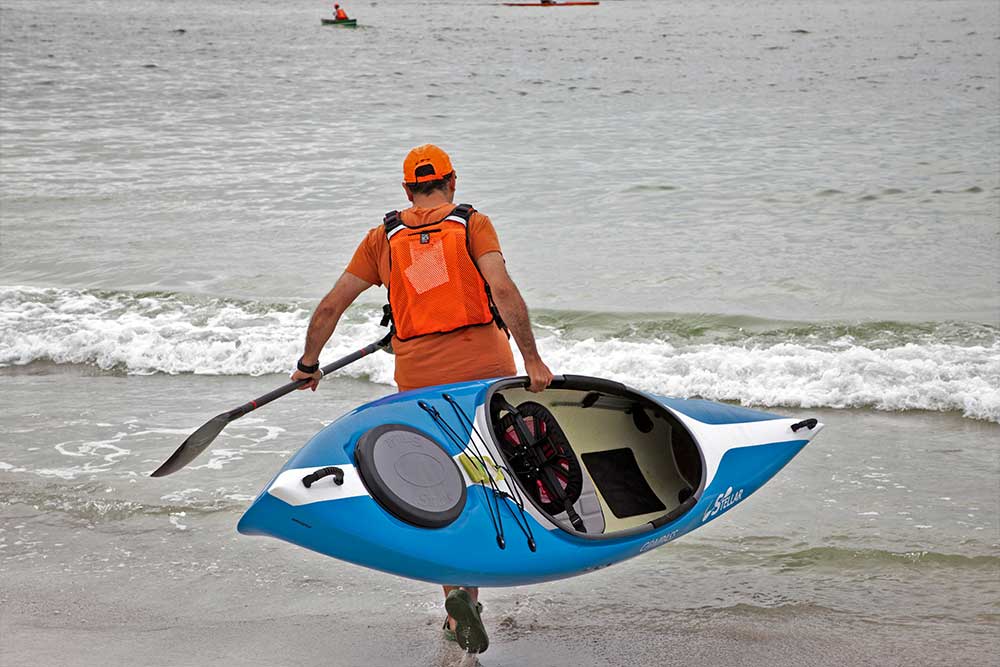
Right of Way Rules for Different Vessel Types
The type of vessel affects right of way rules. Sailing vessels under sail generally have the right of way over power-driven vessels. Vessels engaged in fishing, actively fishing, have right of way over both sailing and power-driven vessels because they have limited maneuverability.
Vessels constrained by draft also have priority since they are limited by shallow waters and cannot change course easily. Knowing these specific rules helps in navigating diverse waters safely.
Navigational Rules and Safety
When operating a boat, it's important to understand the rules of navigation and how to avoid collisions to ensure safety on the water. Following these guidelines will help you navigate with confidence and reduce risks.
Understanding Navigation Rules
Navigation rules, often called the "rules of the road" for boats, are crucial for preventing accidents. These rules determine which vessel has the right of way. When two boats are on crossing paths, the vessel on the right (called the give-way vessel) should yield to the other (the stand-on vessel).
It's essential to recognize these situations to make informed decisions and avoid collisions.
There is no absolute right of way, so every boater must take action to avoid accidents. Learn these rules through boating safety courses or guides and always stay alert to your surroundings.

Collision Avoidance Techniques
To avoid collisions, always be aware of nearby boats and their movements. If a motorboat approaches from your right, it poses a risk if its bearing remains constant and the distance decreases. In this situation, you must typically yield.
Reduce speed, change course, or take other actions. Communication with other boaters using signals or radios can also help prevent misunderstandings. Practice these techniques regularly to build quick and confident responses.
Boating Safety Best Practices
Safety on the water extends beyond understanding navigation rules. Always wear life jackets, and ensure all passengers do the same.
Equip your boat with necessary safety gear like fire extinguishers, flares, and sound-producing devices.
Regularly check weather conditions before embarking on a trip, and avoid boating in poor visibility or rough waters.
File a float plan with someone on shore, detailing your trip's route and expected return. This helps rescue teams find you faster in an emergency.
By following these best practices, you can enjoy safer and more confident boating experiences.
Maneuvering and Responding
When you see a motorboat approaching on your right, it's essential to know how to maneuver safely in close quarters and what actions to take if you are being overtaken. This knowledge ensures everyone's safety on the water.
How to Maneuver in Close Quarters
When facing a motorboat on your right, slow down and yield the right of way. Use reverse if necessary to keep a safe distance.
Always stay alert and watch for sudden changes in the other boat's speed or direction.
If both boats are heading directly toward each other, avoid passing in front of the incoming boat. This can lead to collisions. Instead, maneuver to your starboard side (right side) to let the other boat pass safely.
Visibility can be an issue, especially at night or in poor weather. Ensure your boat's lights are working, and keep scanning for other vessels. Communicate with other boaters if possible to coordinate actions.
Actions to Take when Overtaken
If a faster vessel is overtaking your boat, maintain your course and speed to avoid confusion. The overtaking boat is responsible for maneuvering around you safely.
Do not speed up to avoid being overtaken; it can cause accidents. Instead, continue at a steady pace and allow the faster boat to pass.
If conditions make it difficult, such as narrow channels, consider slowing or stopping momentarily while the overtaking boat navigates around you.
Regularly check behind you for faster boats. This prepares you to act if another boat approaches from the rear.
Always ensure ample space for the overtaking boat to pass safely, keeping a clear and obstacle-free path.
Operating in Special Conditions
Safety while boating requires understanding and adapting to special conditions. These conditions can include navigating at night or in restricted visibility, as well as recognizing vessels that have limited maneuverability.
Boating at Night and Restricted Visibility
When boating at night or in areas of restricted visibility, it is essential to follow navigation rules. Boats must use proper lighting to signal their presence.
A vessel approaching from the right will show a red light, while one approaching from the left will show a green light. Look for these lights to determine if you must yield.
Reduce speed to allow more reaction time and to avoid potential hazards.
Sound signals are also vital. Use them to communicate your location and intention.
Stay alert and be prepared to yield right of way to avoid collisions.
Understanding Vessels with Restricted Maneuverability
Vessels restricted in their ability to maneuver, such as large ships, tugs with tows, or those laying cables, have priority over others. They display specific day shapes or lights to indicate their status.
Recognizing these indicators is crucial for safe operation.
Stay clear of these vessels since they cannot change their course easily. This includes vessels not under command, which display a red over red light at night, indicating they are unable to maneuver.
Always give these vessels a wide berth to ensure everyone's safety on the water.
Navigational Aids and Equipment
Accurate navigation and the right equipment are crucial for safe boating. This section covers how radar and AIS can help you avoid collisions and lists essential gear you should have on board.
Using Radar and AIS for Safe Navigation
Radar helps detect other vessels and obstacles, even in poor visibility. It sends out radio waves that bounce off objects, providing information about their location and distance. Radar is especially useful at night or in foggy conditions.
AIS (Automatic Identification System) shows the position, course, and speed of nearby vessels on a screen. AIS helps in identifying vessels' names and types, which can guide decisions on how to navigate safely around them.
Together, radar and AIS provide a comprehensive view of the waterway, helping boaters make informed decisions to avoid collisions.
Essential Gear for Boating
Life jackets are a must for every person on board. Make sure they fit well and are in good condition.
Fire extinguishers should be easily accessible and regularly checked.
VHF radios allow communication with other vessels and emergency services.
Navigation lights are essential for visibility at night and ensure others can see your boat.
First aid kits should include bandages, antiseptics, and other medical supplies for addressing common injuries.
Emergency flares and sound-producing devices (like whistles or horns) help signal for help if needed.
Legal and Ethical Boating
Legal and ethical boating involves understanding the laws around boating under the influence and following proper boating etiquette and seamanship to ensure safety and respect on the water.
Boating Under the Influence and Legal Repercussions
Operating a boat while under the influence of alcohol or drugs is illegal and highly dangerous. Laws regarding boating under the influence (BUI) are strict and similar to those for driving a car.
In most places, the legal limit for blood alcohol content (BAC) is 0.08%.
Penalties for BUI can include hefty fines, imprisonment, and loss of boating privileges. Additionally, insurance rates can increase and any accidents caused while intoxicated can lead to severe legal and financial consequences.
To maintain safety, boaters should avoid consuming alcohol and instead designate a sober captain for their trips.
Boating Etiquette and Seamanship
Boating etiquette and seamanship are crucial for safe and pleasant experiences on the water. Seamanship refers to the skills and knowledge needed for safe navigation and operation of a boat, including understanding right-of-way rules.
For example, boaters should know to give way to non-powered vessels such as sailboats and canoes.
Boating Etiquette and Seamanship
Boating etiquette involves being respectful and considerate towards other boaters. This includes keeping noise levels down, reducing wake in crowded areas, and properly signaling your intentions.
Good seamanship and etiquette combined ensure a smooth and safe boating environment for everyone.
Frequently Asked Questions
Boating requires knowledge of various rules and safety practices to ensure everyone's safety. Below are common questions and their answers to help boaters navigate and operate their vessels responsibly.
When you see a red flag with a white diagonal stripe, what is your requirement as a boater?
This flag signals there are divers in the water. Boaters should stay at least 300 feet away from the flag if in open water, and at least 100 feet away if in a narrow channel or river.
What steps can boaters take to mitigate the primary cause of boating fatalities?
The primary cause of boating fatalities is not wearing a life jacket. Boaters should always wear life jackets, ensure they are properly fitted, and have enough for everyone on board.
Which actions should be taken when returning from open sea and a red buoy is sighted?
When seeing a red buoy, a boater should keep the buoy on their right (starboard) side when returning from sea. This is part of the "Red, Right, Returning" rule to ensure safe passage.
What are the basic responsibilities of the operators in a head-on approach situation between two powered vessels?
In a head-on situation, both vessel operators should alter their course to the right (starboard) to pass on the port side of each other. This helps avoid collisions and ensures smooth passage.
What essential equipment must be on board a vessel as per Florida law?
Florida law requires boaters to have life jackets, a sound-producing device like a whistle or horn, visual distress signals, fire extinguisher, and navigation lights.
What is typically the first indication of approaching bad weather for boaters?
The first signs of bad weather often include darkening clouds, sudden temperature drops, and increasing wind speeds. Boaters should stay alert to these changes. They should take necessary precautions.
Charlie is Editor-in-Chief of Sea Magazine


